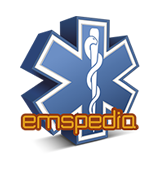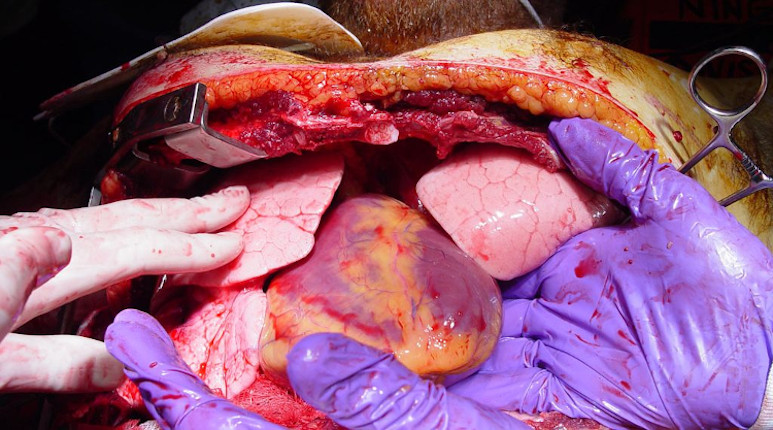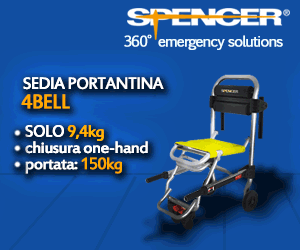The Italian project for a unique set of HEMS guidelines dedicated to Air Ambulance professionals is a new path for creating the next generation of helicopters. What kind of idea get out from the SIAARTI Congress? A short interview with Dr Maurizio Menarini, Head of Critical Care Department of the Maggiore Hospital, Bologna.
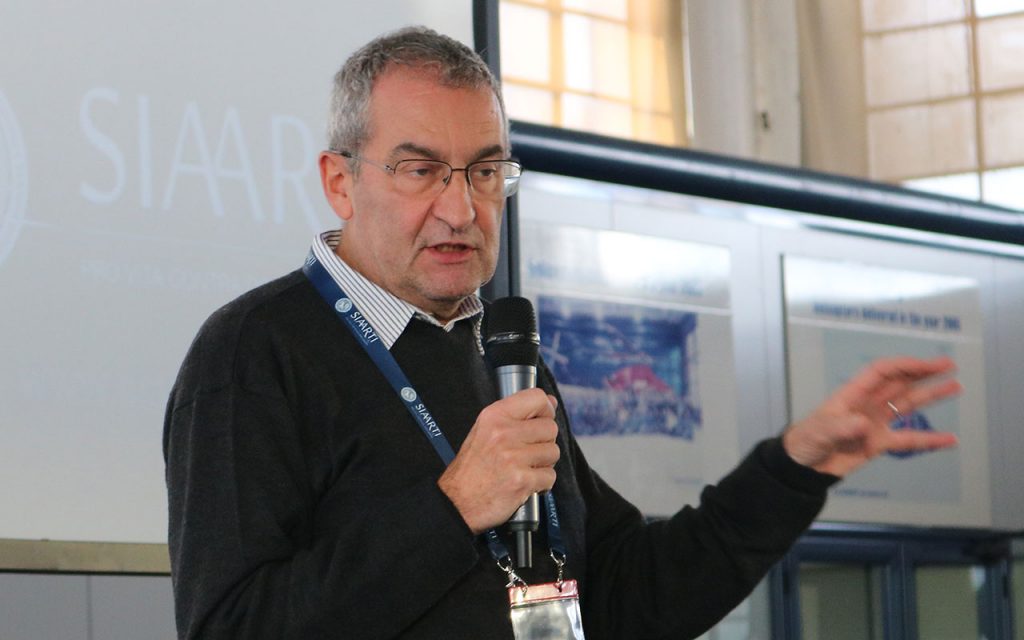
Maurizio Menarini, SIAARTI responsible for the HEMS Guidelines project
During the Second World War, first aid was delivered for the first time by helicopters. A Sikorsky R-4 evacuated wounded soldiers for the first time in Burma, and also blood transfusion was assured in New York by a helicopter. That was the start of an epic development that brings us a fantastic machine for performing out-of-hospital rescue operations, including HEMS guidelines.
Fantastic, but not perfect. That is the reason behind the REMOTE Congress in Vergiate, Milan. SIAARTI (Italian Society of Anaesthesist-Reanimator and Intensive Care) and Leonardo Helicopters organise this Congress in December 2018. Six hundred professionals involved in the pre-hospital HEMS operation were hosted in the Vergiate Agusta Westland’s hangar to discuss procedures, devices, needs and ideas about how performing better and faster care for trauma patients.
“SIAARTI must have guidelines to improve the world of medical teams on the ground and in particular on the helicopters. We believe that helicopters are flying hospitals or better, flying mobile intensive care unit. The aim of the helicopter for us is to have mobile and intensive care on the ground before the hospital to participate in the treatment of the critical patient. We did this work to find the best evidence to support our position. We are working about HEMS guidelines with great methodology, hoping to have the best guidelines by the end of the year 2019”.
Is this possible that these HEMS guidelines will take to a standardisation of the pre-hospital care in Italy? Because there is a lot of difference in operations among regions, with anaesthetists, physicians or doctors.
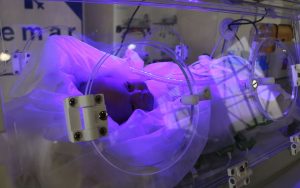
Pre-hospital incubator for newborn, an important treatment for critical patients
“In the helicopters, 90% are anaesthetists as physicians, and we would like to give them the best evidence to work better in pre-hospital settings. It’s true, in Italy there is much difference from region to region, but we hope to give a majority of treatment in pre-hospital care. That’s the aim of the HEMS guidelines. SIAARTI have 2.200 professionals participating in our training, and we offer a different bouquet of solutions for gaining skills and qualification. We know the problems, and we are trying to set new standards. HEMS guidelines can improve safety and knowledge but it is challenging to realise an evidence-based study. We cannot perform trials, as you can imagine: we cannot compare situation HEMS yes versus HEMS no because your mandatory rule is – obviously – to save lives. We are using the GRADE system for evaluating procedures, protocols and solutions that can be applied to the Air Ambulance setting”.
However, why doctors have involved a helicopter producer in this event?
The reason is simple: Helicopter is the main instrument an EMS system employ for operating close to the traumatic event. As Hospitals have guidelines for building operating rooms, Doctors need something similar for HEMS. “We want to build something better that can help us in bringing our professionals at its best close to the patient in need. This is the start line for something we will not finish in 2019. We will continue to improve and discuss the EMS needs regarding helicopters and pre-hospital care. We know that scientific literature is not so big about HEMS guidelines and procedures so that we use the international confrontation to bring us a step closer”.
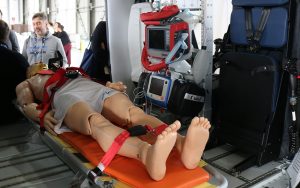
How will be organized the HEMS “operating table” onboard?
HEMS guidelines: models, navigation, medical device dispositions, type of operations, technical aspects: there are many indicators. How to find the best one?
“Our standard is to realise an Intensive Care Unit inside the helicopter. We have to bring forward operations. Our aim is not to stop our protocols to the timing; we need to bring forward diagnostic, invasive manoeuvre, advanced support. Some kind of manoeuvre was unthinkable 15 years ago: Mechanical CPR, Extra Corporeal Membrane Oxygenation, C-PAP or B-PAP airway management on Helicopters are now a reality. That means we can have a better chance of saving lives, and we need the better instrument for a correct intervention and a correct centralisation of the patients. Not only time but also the quality of the treatment is mandatory”.
